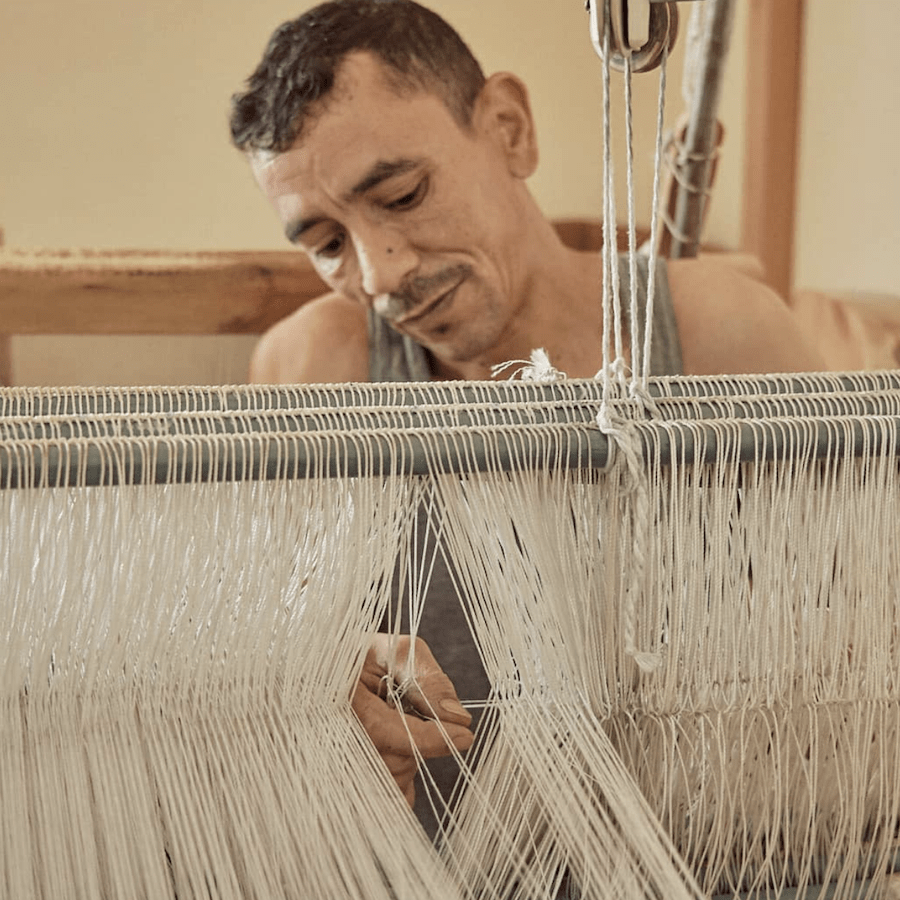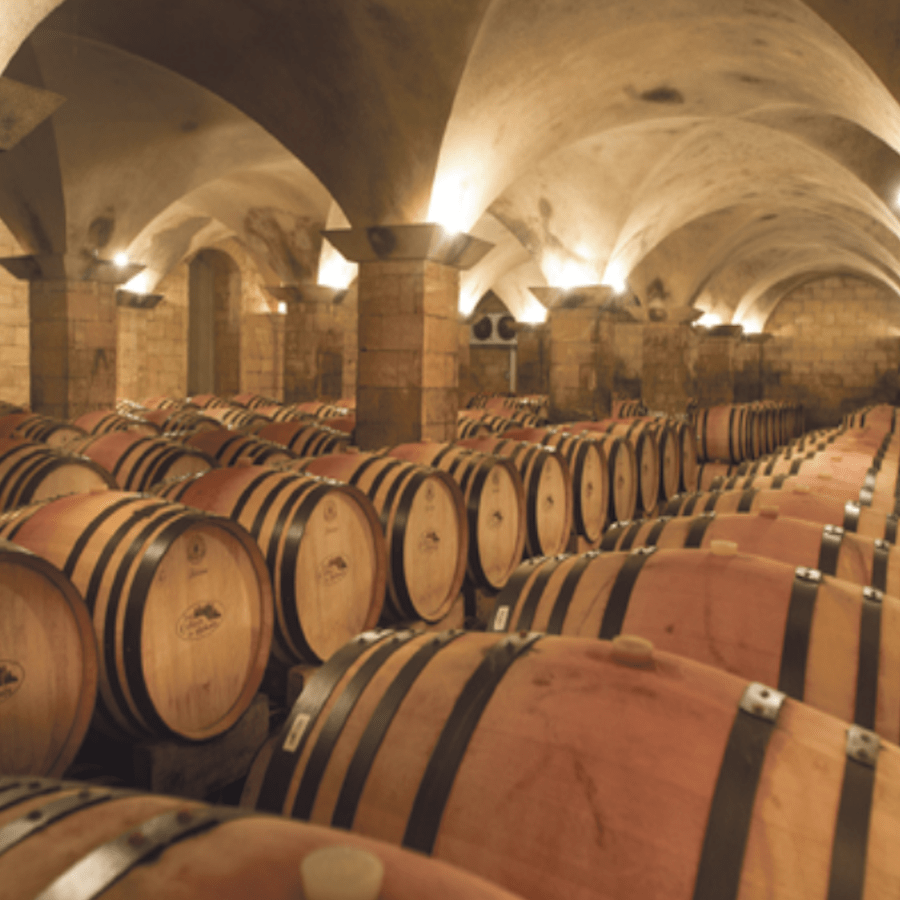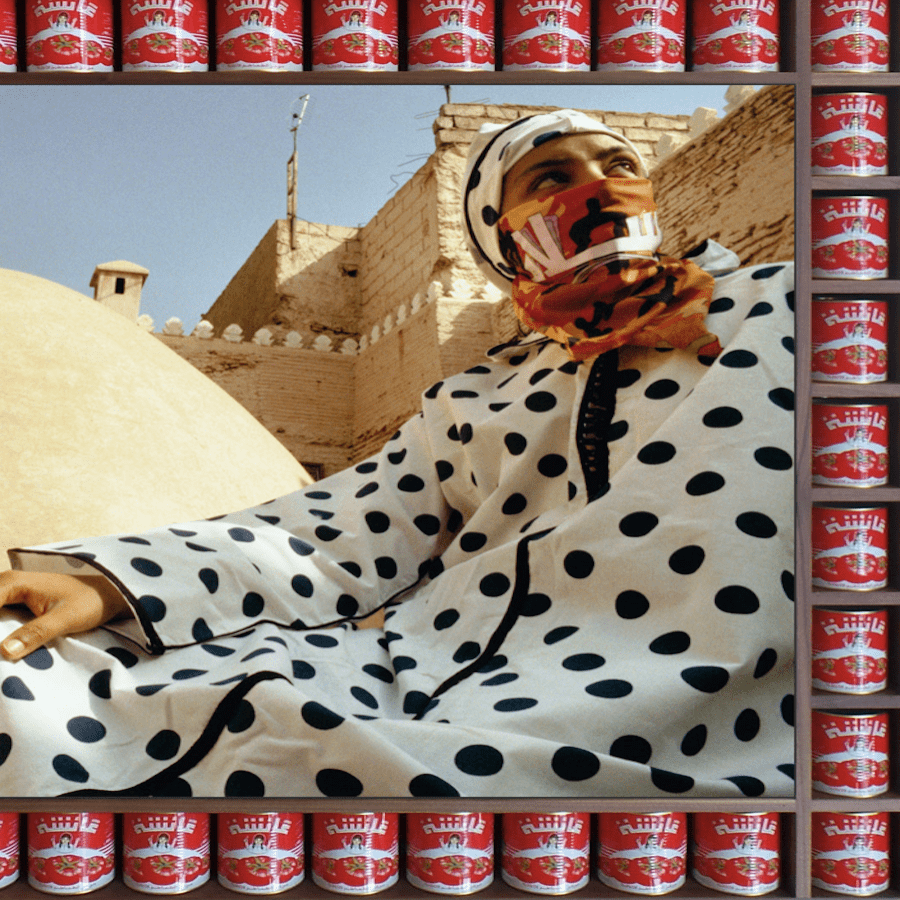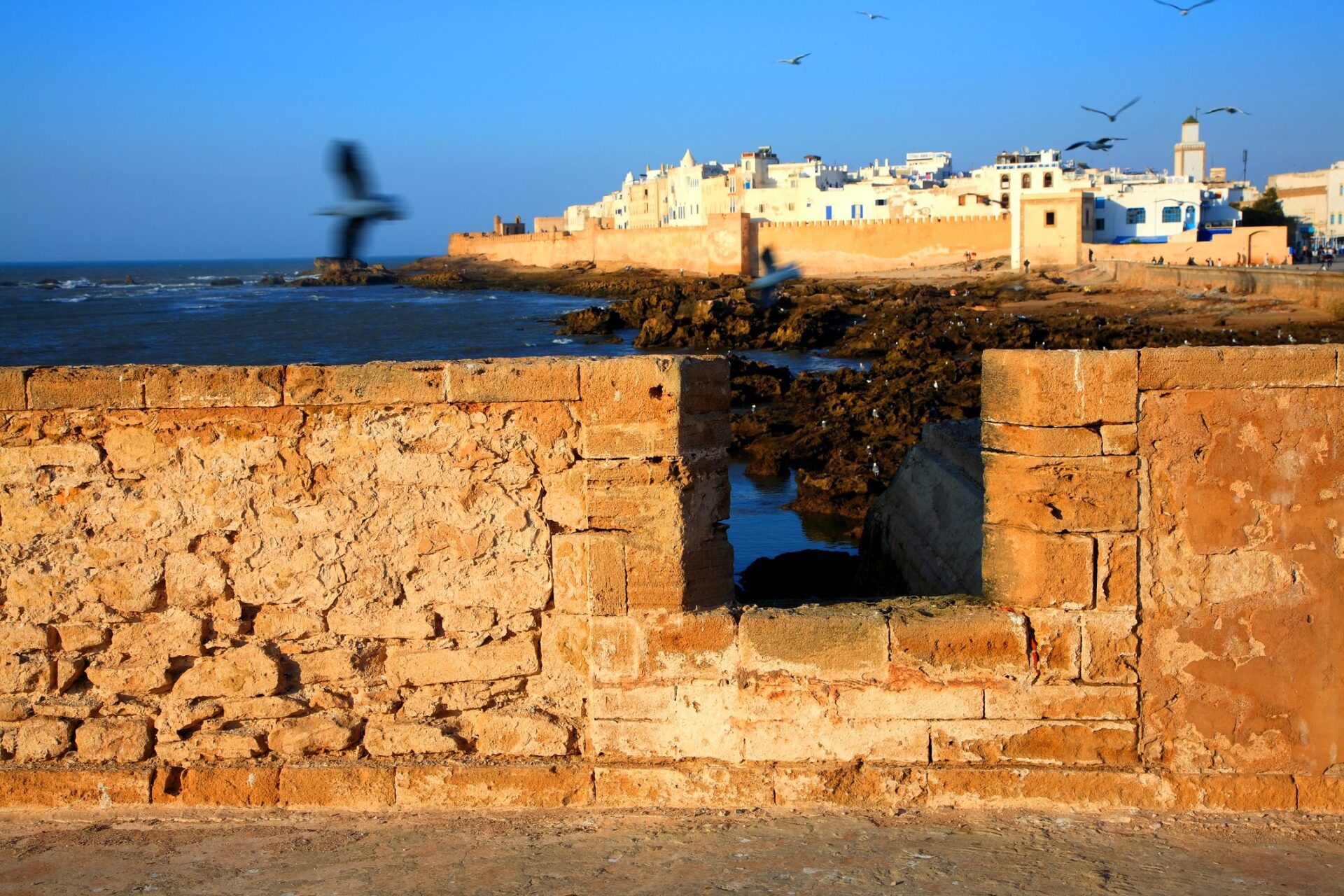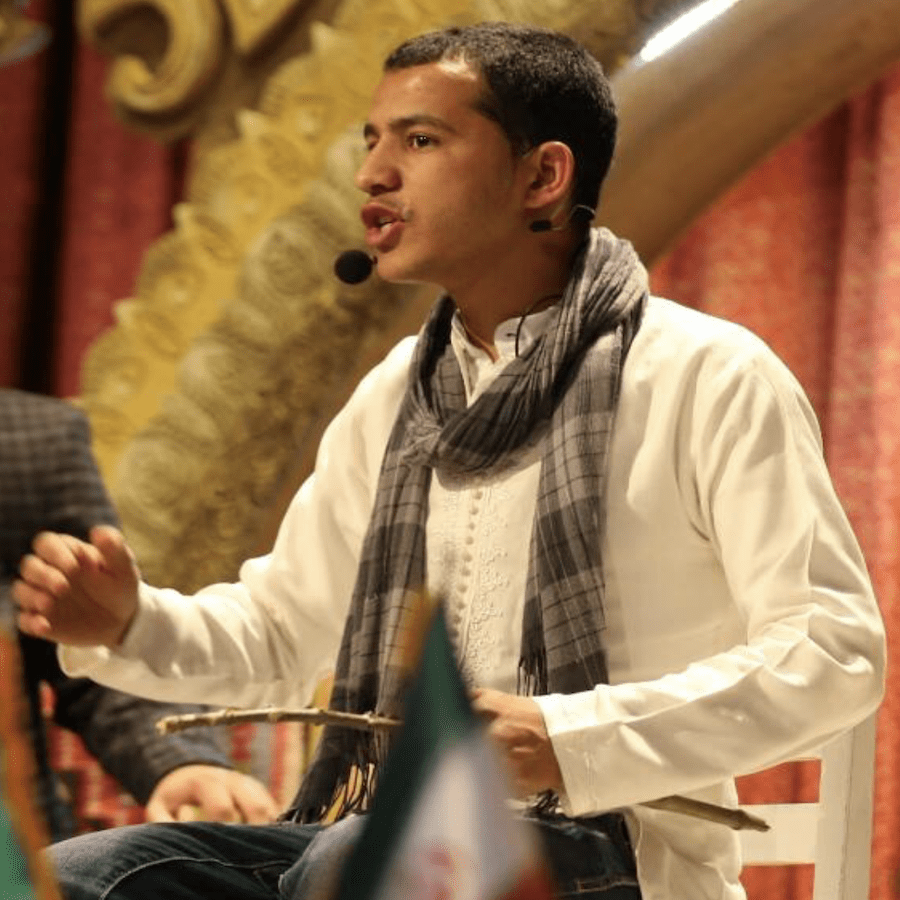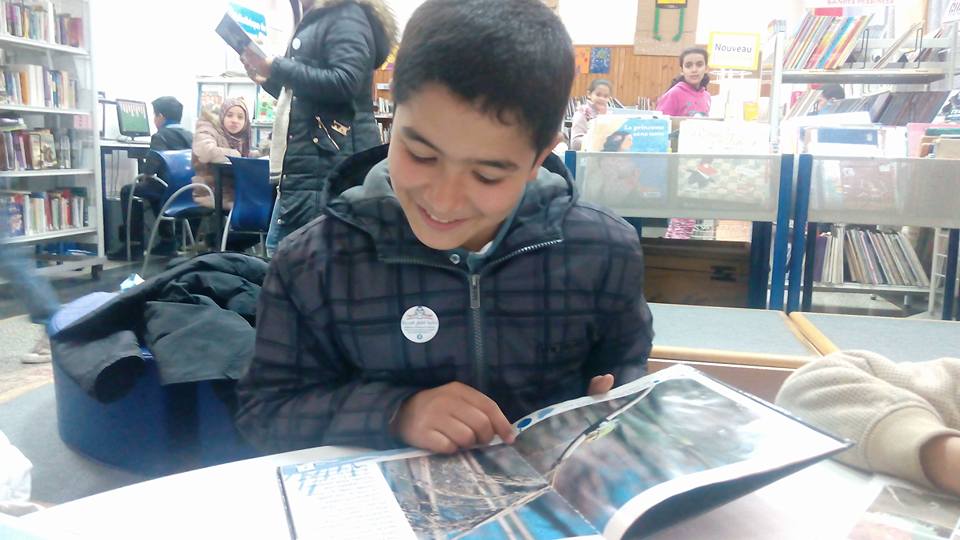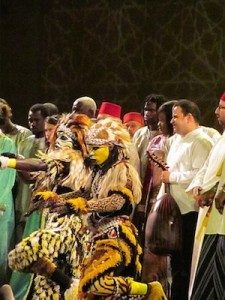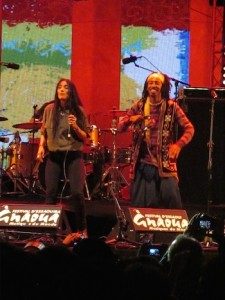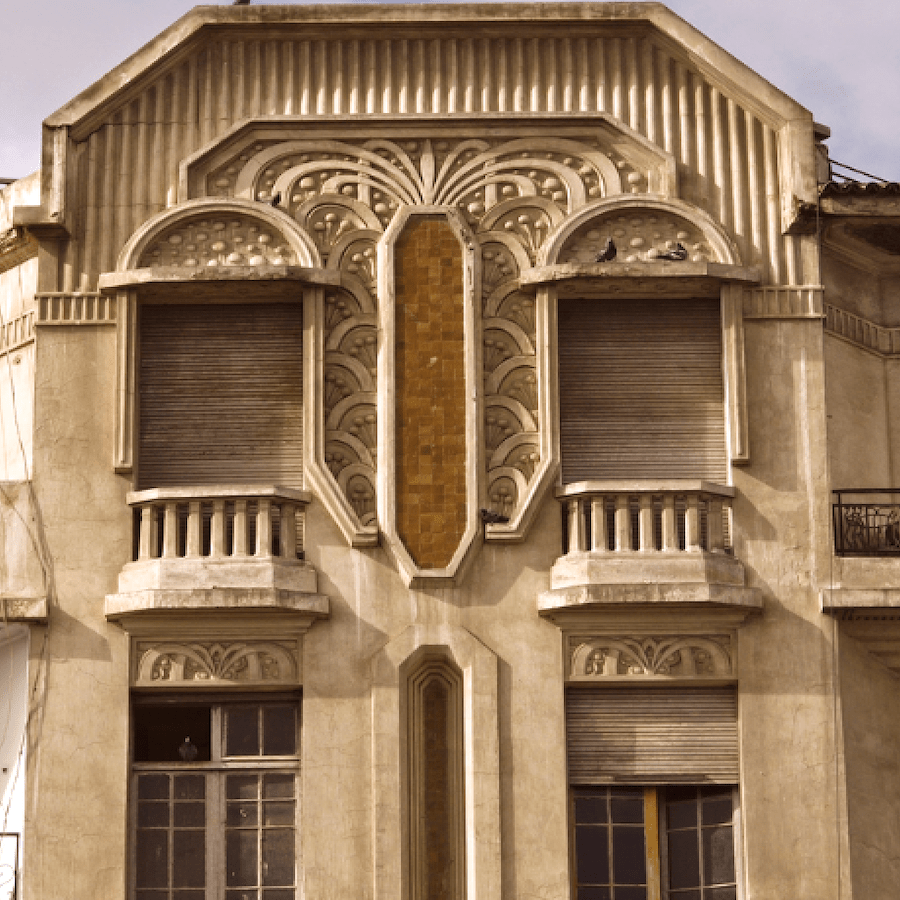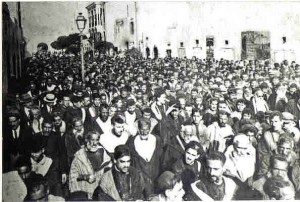The Moroccan Contemporary Art Scene, post-independence, is much sought after and has gained popularity over the recent years given its varied mix of forward thinking and experimental painters, sculptors,
Some of Morocco’s Best Kept Secret Valleys and Seacoast Regions for Hiking are location in…
Storytelling is experiencing a revival in many Western countries right now, but the tradition of oral storytelling, or hikayat, in Morocco is almost 1,000 years old. Morocco has a strongly oral culture – everything from recipes to stories to legal agreements have been passed down from generation to generation in the absence of the means to record such information and against the backdrop of widespread illiteracy. In the past, storytellers travelled around to perform in public places and at community events and palace celebrations. They were not only a form of entertainment – they were also used by the authorities to pass information and moral messages. In today’s era of satellite TV and the internet, storytelling is a dying art. Although visitors to Marrakech may find the odd storyteller on Place Jmaa el Fna, the crowd around them is smaller than ever and because the stories are told in Arabic or a Berber dialect, the performers cannot attract the support of foreign tourists.
UN statistics suggest that average literacy rates in Morocco are as high as 67% (in 2011). However, this figure hides large discrepancies between males and females and between urban and rural populations. Typically, girls in Morocco are less well-educated than boys. Additionally, in rural communities or poorer areas of the medinas, parents may remove children from school at an early age to work or help the family. The Medina Children’s Library in the medieval old city of Fez aims to support children’s learning and make it fun.
The 18th Annual Gnaoua Music Festival took place in Essaouira, on Morocco’s Atlantic Coast from May 14th -17th. Every year, the festival showcases the best of Moroccan Gnaoua musicians and a wide array of Gnaoua and world music. Gnaoua is a musical genre based in Sufi Islamic culture with its roots in sub-Saharan Africa. Moroccan and international artists are also invited to perform, often, in unique fusion concerts alongside Gnaoua groups. One of the most anticipated World Music acts at this year’s festival was Hindi Zahra, a Moroccan-born vocalist who played Essaouira for the first time.
Prior to the establishment of the French Protectorate in Morocco (1912-1956), Dar al Bayda, as Casablanca was then known, was a modest port of a population of around 12,000. A few years into the Protectorate, this had increased 10-fold and has hardly stopped growing since. Today, Casablanca is Morocco’s bustling economic hub, home to many international companies and Africa’s biggest port and its largest shopping mall, Morocco Mall. For visitors to this metropolis, the big draw is the stunning Hassan II Mosque. However, the French left a significant architectural legacy. As you walk the streets, look up and around you beyond the crowds, the traffic and the hubbub of city life to discover Art Deco Architecture in Casablanca.
Essaouira owes much of its past, present and future to its situation on a bay sheltered from the fierce trade winds of the Atlantic Ocean by an archipelago of small, rocky islands. Towards the end of the 18th century, Sultan Sidi Mohammed Ben Abdullah (Mohammed III) created a strategic role for Essaouira in his new trade policy oriented towards the Atlantic. He instructed the construction of the Kasbah (King’s Quarters) and the Skala fortifications which became the basis for the medina (old city) we see today. He ordered the closure of Agadir harbor, further south, and effectively routed a large amount of trade between Europe and West and Central Africa through his new port. The Sultan was the first Head of State to recognize US Independence in 1776, thereby creating a strategic linkage in support of his trade objectives in Morocco.

